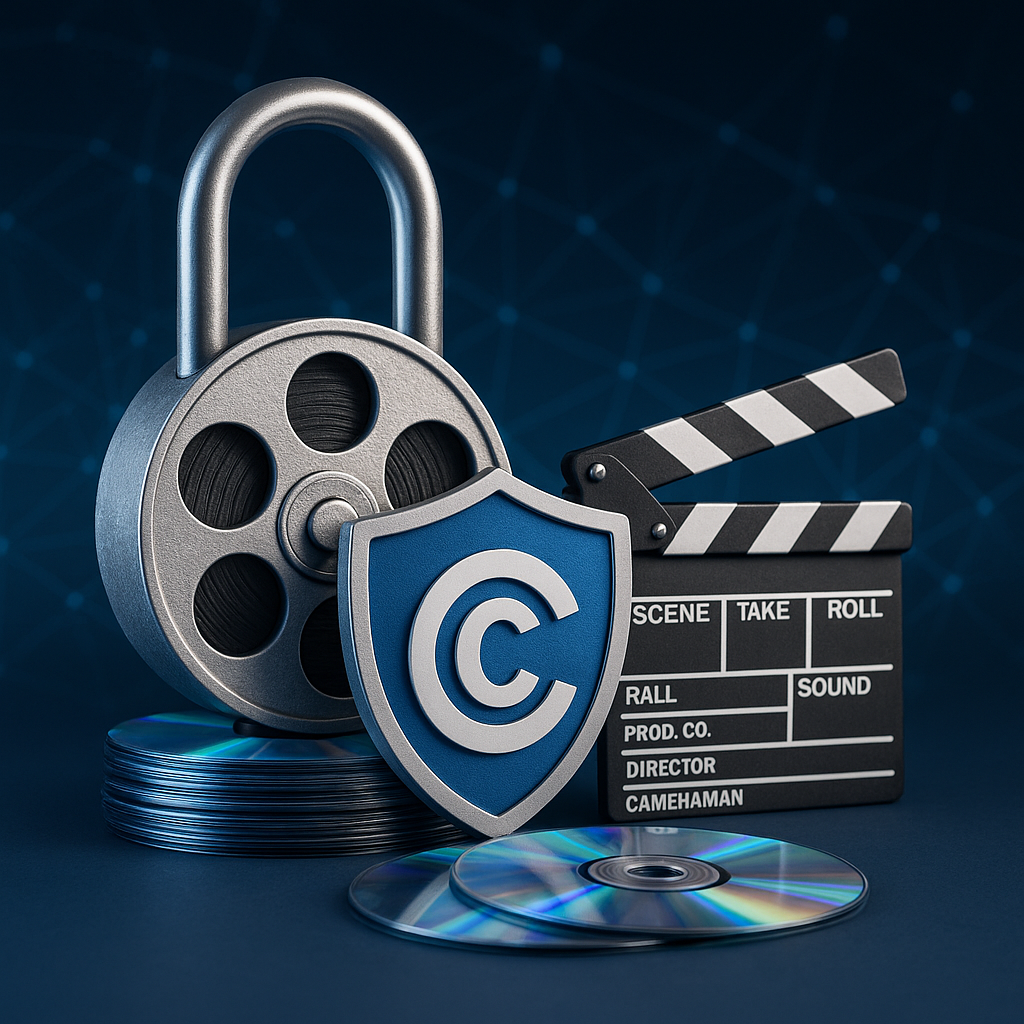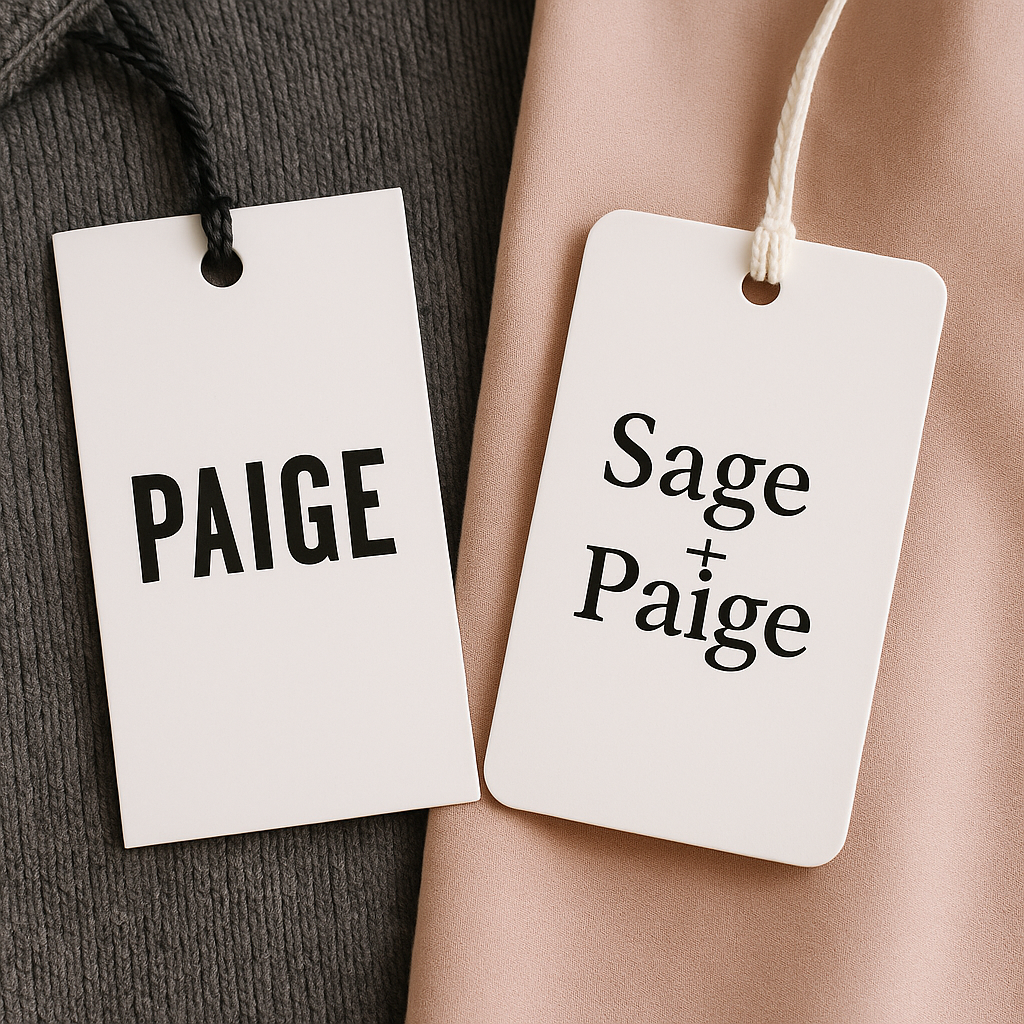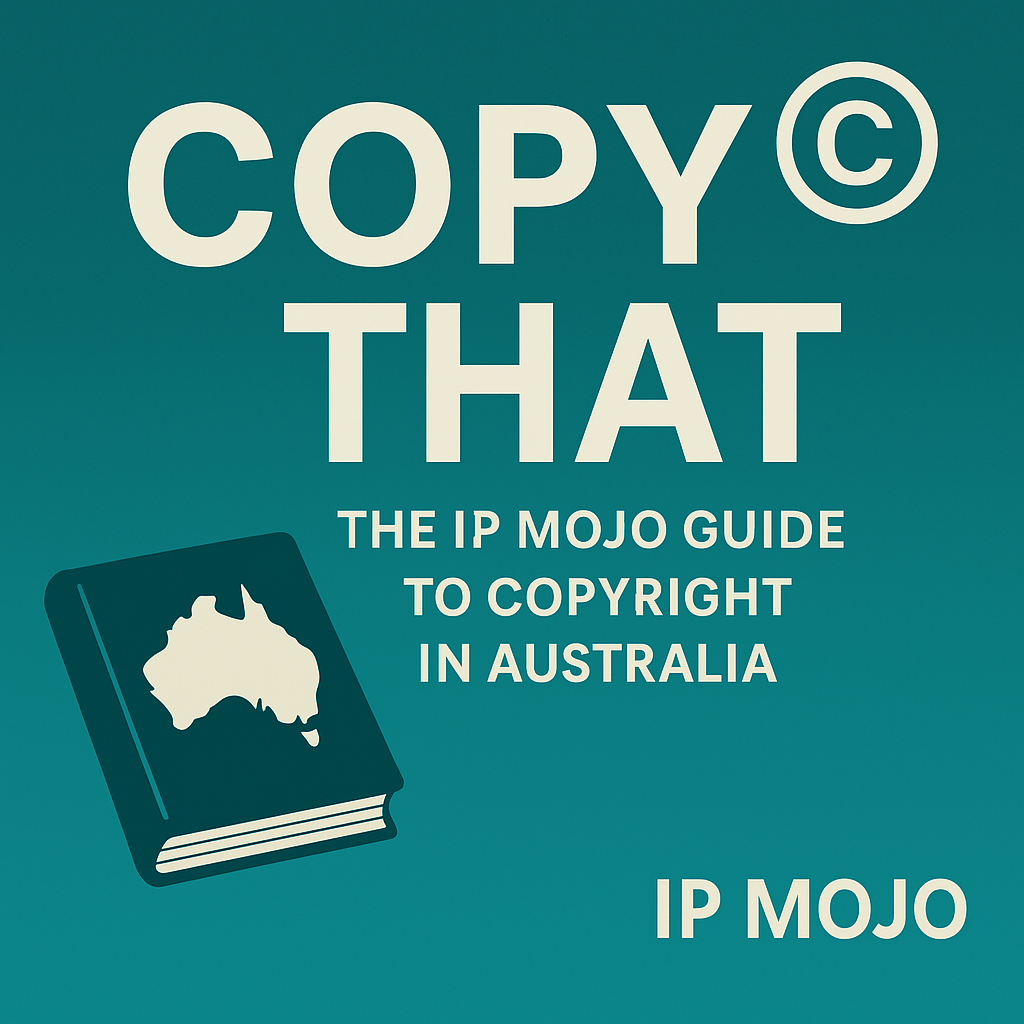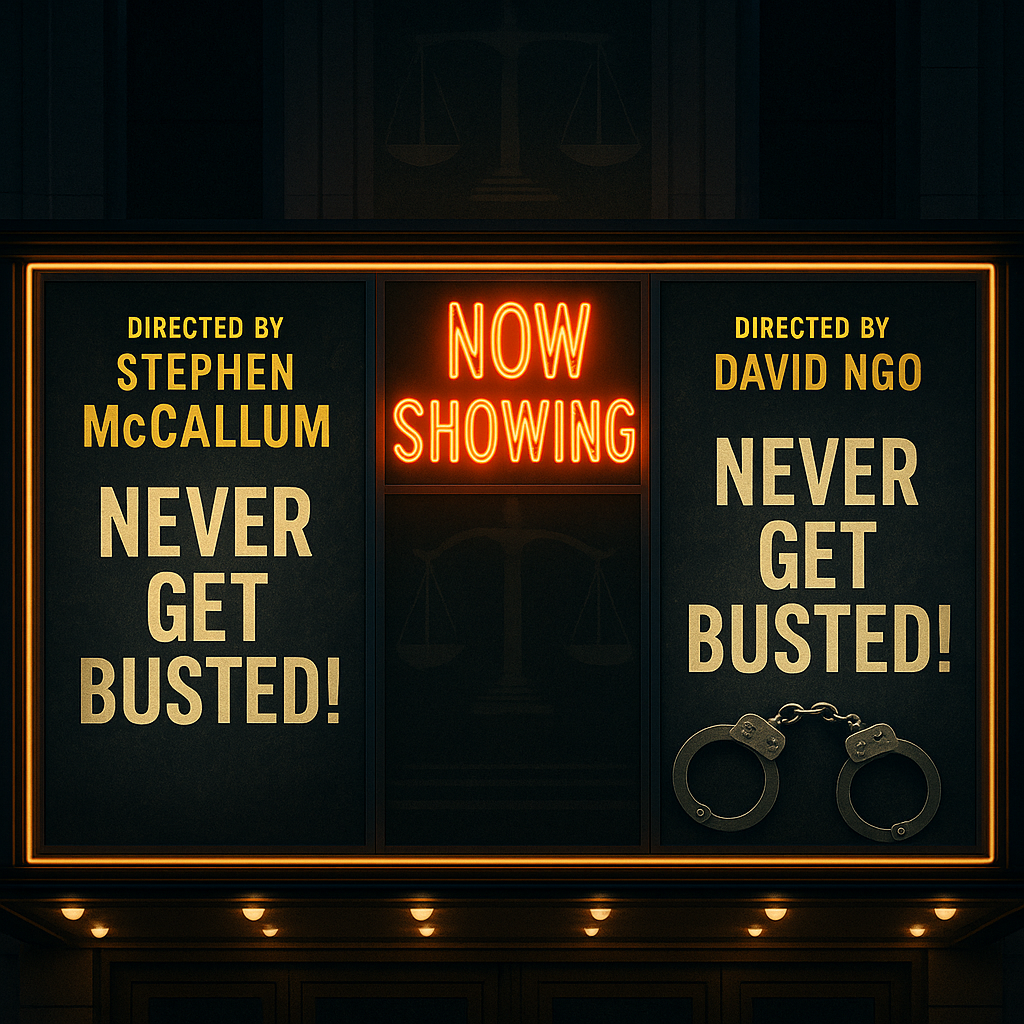Site-Blocking at Scale: Roadshow v Telstra 2025 and the Machinery of s 115A

Roadshow Films Pty Limited v Telstra Limited [2025] FCA 744 marks another brick in the ever-growing wall of Australian site-blocking jurisprudence. The decision adds little doctrinal spice but delivers a strong dose of enforcement pragmatism — and plenty to reflect on.
🎬 The Backstory
In this latest chapter of the Roadshow saga, rights-holders — including Disney, Netflix, Warner Bros., Paramount and others — sought injunctions under s 115A of the Copyright Act to block dozens of offshore streaming sites serving up pirated films to Australian users. The targets included notorious offenders like Hianime, Soap2Day, 123Movies, and HydraHD — many already well known to regular visitors of the Federal Court’s website.
📡 The ISPs: Here We Go Again
The respondents — a who’s who of Australia’s internet service providers (Telstra, Optus, TPG, Vodafone, Vocus, and Aussie Broadband) — all filed submitting appearances. They didn’t contest the application and were ordered to implement DNS, IP, and/or URL blocking within 15 business days of service. Compliance costs were awarded at $50 per domain, continuing the usual practice.
🧾 The Legal Machinery
Justice Younan applied the now-settled framework from the earlier Roadshow decisions. Key points:
-
The Court relied on deemed admissions and hearsay waivers (under s 190 of the Evidence Act) to accept that copyright subsisted, was owned or exclusively licensed to the applicants, and was being infringed.
-
Reasonable efforts had been made to notify the site operators, who unsurprisingly didn’t show.
-
The purpose and effect of the sites was plainly to infringe or facilitate infringement: free access to recent films, indexed and monetised by ads.
📈 Expansion Orders and Continuity Clauses
The orders include mechanisms for:
-
Rolling additions of new domains/IPs via solicitor certificates and no-objection notices;
-
Applications to extend the block after the initial 3-year lifespan expires;
-
Rights of affected site owners to apply to vary or discharge the order.
🧠 So What?
This case adds to a growing body of precedent that renders s 115A injunctions almost administrative when uncontested. The Federal Court has effectively created a template — one that large rights-holders can now run through with minimal friction.
But there are questions here too:
-
Does this model amount to efficient enforcement, or a piecemeal arms race?
-
Should there be more judicial scrutiny — especially where evidence is largely hearsay or paralegal-driven?
-
Is blocking access via ISPs still a meaningful remedy in a world of VPNs and mirror sites?
📌 Either way, the case underscores how s 115A — once a bold legislative experiment — is now part of the copyright enforcement machinery. It may not be glamorous, but it’s getting the job done.
 You wrote it. You made it. You own it… right?
You wrote it. You made it. You own it… right? In a decision straight from the catwalk of modern trade mark law, the Federal Court has dismissed a challenge by Californian fashion label Paige LLC against the Australian brand Sage + Paige, ruling that the newer composite marks are not deceptively similar to PAIGE and won’t mislead fashion-savvy Aussie consumers.
In a decision straight from the catwalk of modern trade mark law, the Federal Court has dismissed a challenge by Californian fashion label Paige LLC against the Australian brand Sage + Paige, ruling that the newer composite marks are not deceptively similar to PAIGE and won’t mislead fashion-savvy Aussie consumers. Part 1 – Copyright 101: What It Is and Why It Matters
Part 1 – Copyright 101: What It Is and Why It Matters The Federal Court has issued an injunction two days before the Melbourne International Film Festival (MIFF) in relation to the credits of a documentary called Never Get Busted! after one of its co-directors claimed the other director was busted crediting himself as “Principal Director”.
The Federal Court has issued an injunction two days before the Melbourne International Film Festival (MIFF) in relation to the credits of a documentary called Never Get Busted! after one of its co-directors claimed the other director was busted crediting himself as “Principal Director”. Your brand might be your single most valuable asset. But when serious money is on the table — whether in an investment round, a business sale, or passing the business to the next generation — the question isn’t just what your brand is worth. It’s whether it can stand up to scrutiny.
Your brand might be your single most valuable asset. But when serious money is on the table — whether in an investment round, a business sale, or passing the business to the next generation — the question isn’t just what your brand is worth. It’s whether it can stand up to scrutiny.